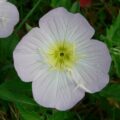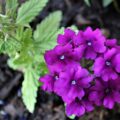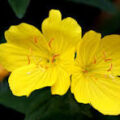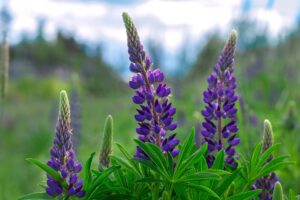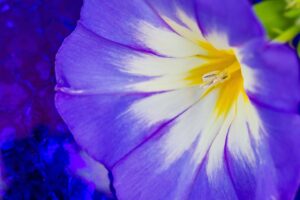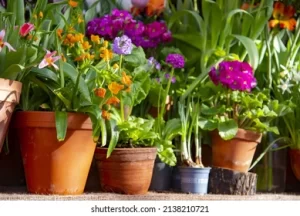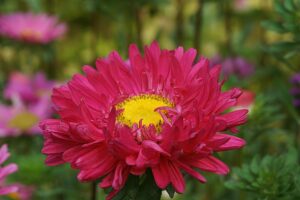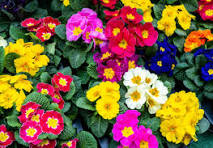
primrose plant
In the grand theater of the natural world, where each flora plays its part in the symphony of life, the Primrose family stands out as a diverse and enchanting ensemble. As a bestselling author, I have always been captivated by the subtle intricacies and vivid stories woven into the fabric of nature. The Primrose, or Primula, with its myriad of forms and colors, offers a narrative as rich and varied as any human saga.
Let’s embark on a literary journey through the key characteristics of Primroses, uncovering the beauty and secrets held within their delicate petals. These characteristics are not just botanical terms; they are the brushstrokes of nature’s own masterpiece, each revealing a different aspect of these enchanting flowers.
1. Primrose A Spectrum of Colors: The Painter’s Palette Primroses are like nature’s own canvas, painted with a spectrum of hues that can captivate any beholder. From the soft pastels of the English Primrose (Primula vulgaris) to the vibrant, almost neon shades of the Candelabra Primroses (Primula japonica), each variety presents a unique color story. This kaleidoscope of colors is not just a feast for the eyes; it’s a narrative of adaptation and evolution, a testament to the diversity of life itself.
2. The Primrose Symphony of Shapes: From Rosettes to Spires The shape of Primrose flowers is a story in itself. Some, like the Fairy Primrose (Primula malacoides), present delicate tiers of blossoms, creating a visual effect akin to a multi-layered gown. Others, such as the Drumstick Primrose (Primula denticulata), showcase globular blooms atop long stems, resembling floral orbs floating above the foliage. Each shape tells a story of ecological niches and evolutionary paths taken.
3. The Primrose Scent: Nature’s Perfume While not all Primroses are scented, those that are, like the Evening Primrose (Oenothera biennis), exude fragrances that add an olfactory dimension to their charm. These scents are more than just pleasant aromas; they are the whispers of the flowers, calling out to pollinators and playing a crucial role in the cycle of life.
4. The Leaves: A Backdrop of Green The foliage of Primroses, often overlooked, sets the stage for the floral performance. From the rosette formations in some species to the more elongated leaves of others, the greenery of Primroses provides a contrast that highlights the beauty of the blooms. These leaves are not just passive backdrops; they are active participants in the plant’s survival, gathering sunlight and nutrients.
5. Habitats: From Woodlands to Alpine Slopes The diverse habitats of Primroses tell a story of adaptability and resilience. While some like the English Primrose thrive in the dappled shade of woodlands, others like the Alpine Primrose (Primula minima) have adapted to the harsh conditions of mountainous terrains. Each habitat shapes the plant’s characteristics, from its physical form to its flowering time.
**
- The Blossoming Period: A Temporal Tapestry** The flowering time of Primroses weaves a temporal tapestry in the garden. While some species herald the arrival of spring with their early blooms, others wait until the warmth of summer or the coolness of autumn. This variation in blossoming time is not just a visual delight but also a critical element in the ecological balance, ensuring a steady flow of blooms for pollinators throughout the seasons.
7. Size and Stature: The Tale of Dimensions Primroses range from petite, ground-hugging varieties to those that reach up to heights, painting a varied landscape. The size and stature of each Primrose species narrate their survival strategies – some spread low to protect themselves from harsh winds, while others stand tall to reach for sunlight and attention from pollinators.

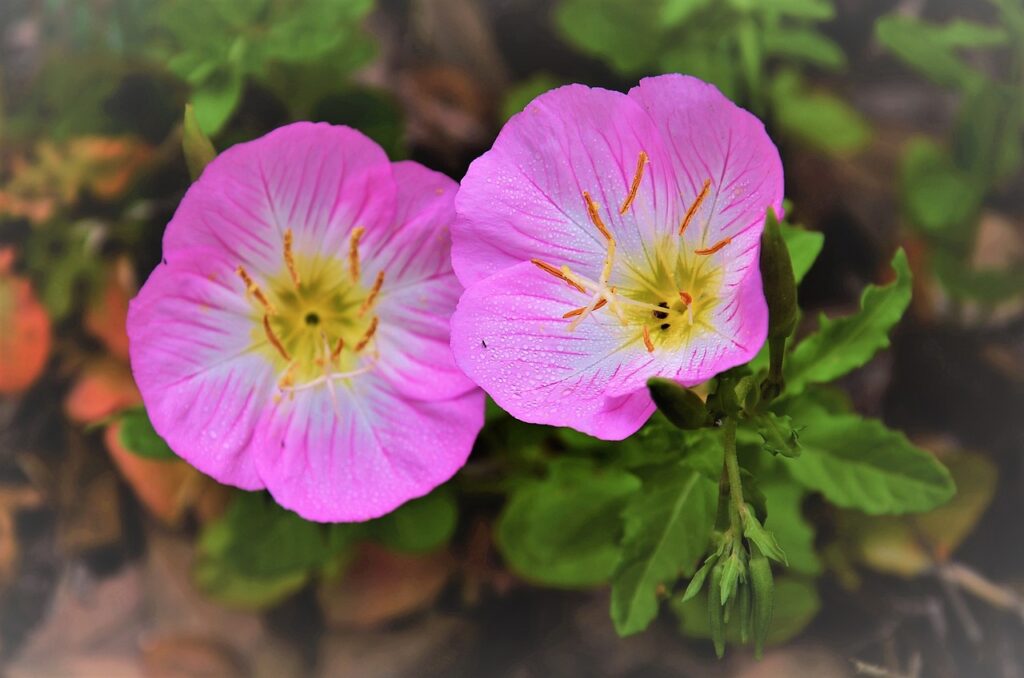
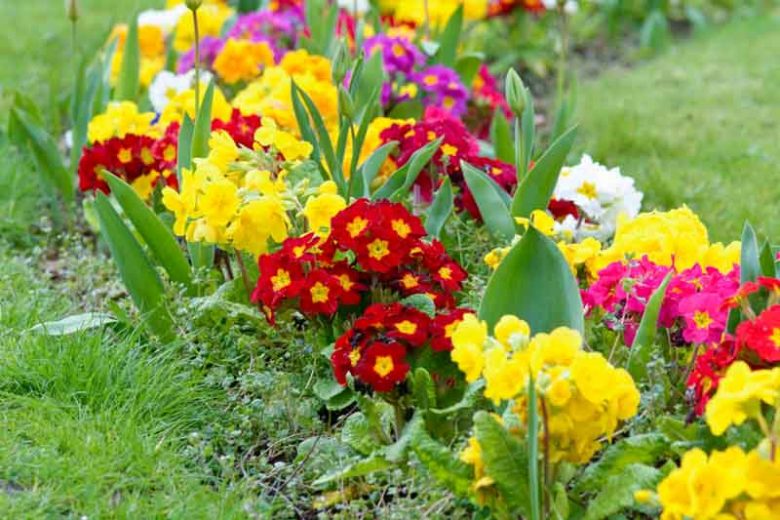
8. Seed and Propagation: The Legacy Continues The story of Primroses doesn’t end with their blooms; it continues with their seeds. The manner of seed dispersal and propagation speaks of survival and legacy. Some Primroses rely on the wind to carry their seeds afar, while others depend on the meticulous work of insects. This cycle of life ensures that the Primrose narrative continues, generation after generation.
9. Cultural Significance: A Human Connection Beyond their ecological roles, Primroses hold significant places in human culture and folklore. They have been symbols of love, youth, and even superstition. This cultural aspect adds a layer of depth to the Primrose story, intertwining human history with botanical evolution.
10. Adaptability: A Lesson in Resilience Perhaps the most compelling characteristic of Primroses is their adaptability. They thrive in various climates and conditions, from damp woodlands to rocky alpine regions. This adaptability is a testament to the resilience of nature, a reminder that life, in all its forms, finds a way to flourish.
In conclusion, the Primrose family, with its myriad of characteristics, is a living, breathing tapestry of nature’s artistry. Each variety, with its unique colors, shapes, scents, and stories, contributes to the diversity and beauty of our world. As a bestselling author, I find inspiration in the resilience and adaptability of these flowers, a reminder that in the diverse tapestry of life, every thread, every color, every pattern has its place and significance. In the garden of life, Primroses are not just plants; they are the storytellers, the bearers of nature’s tales, and the keepers of its secrets.
